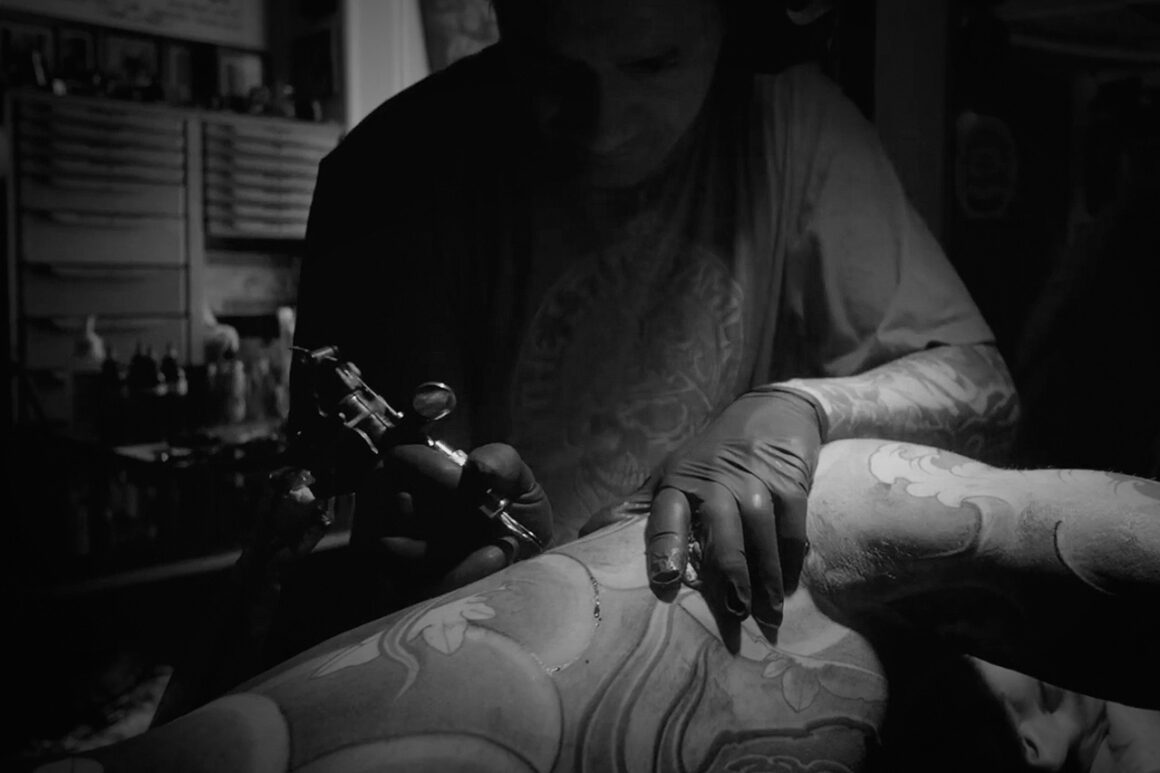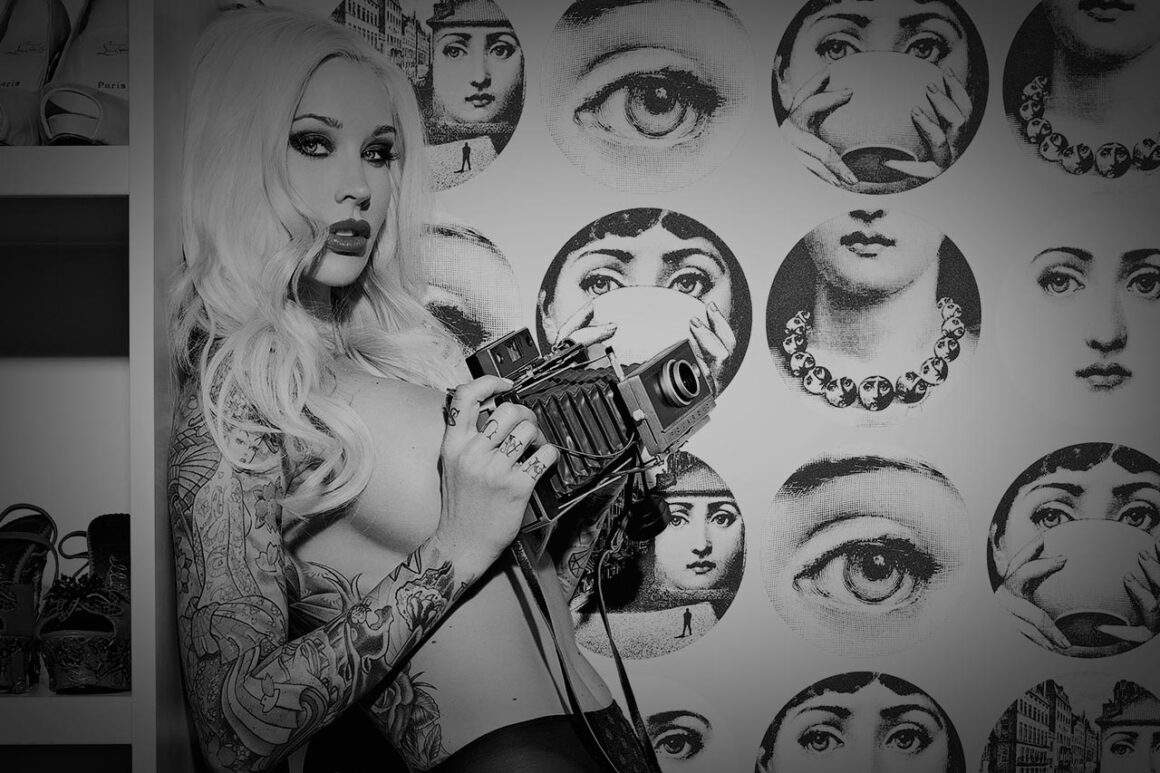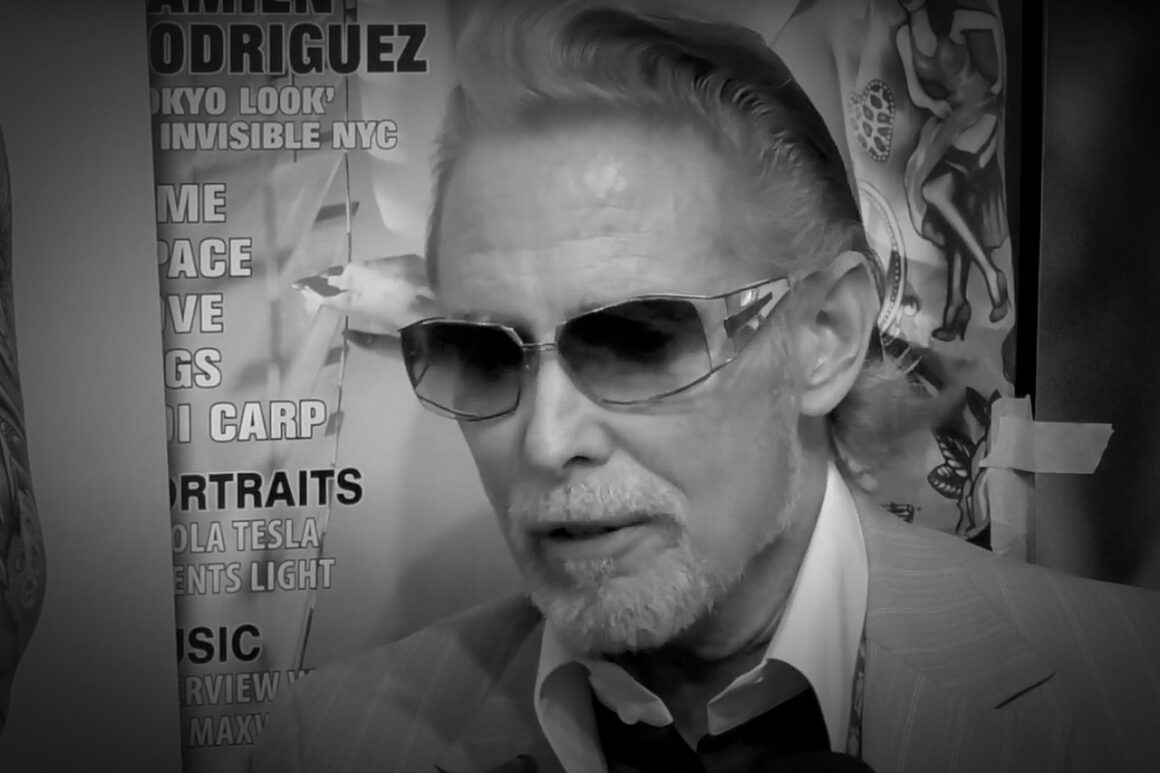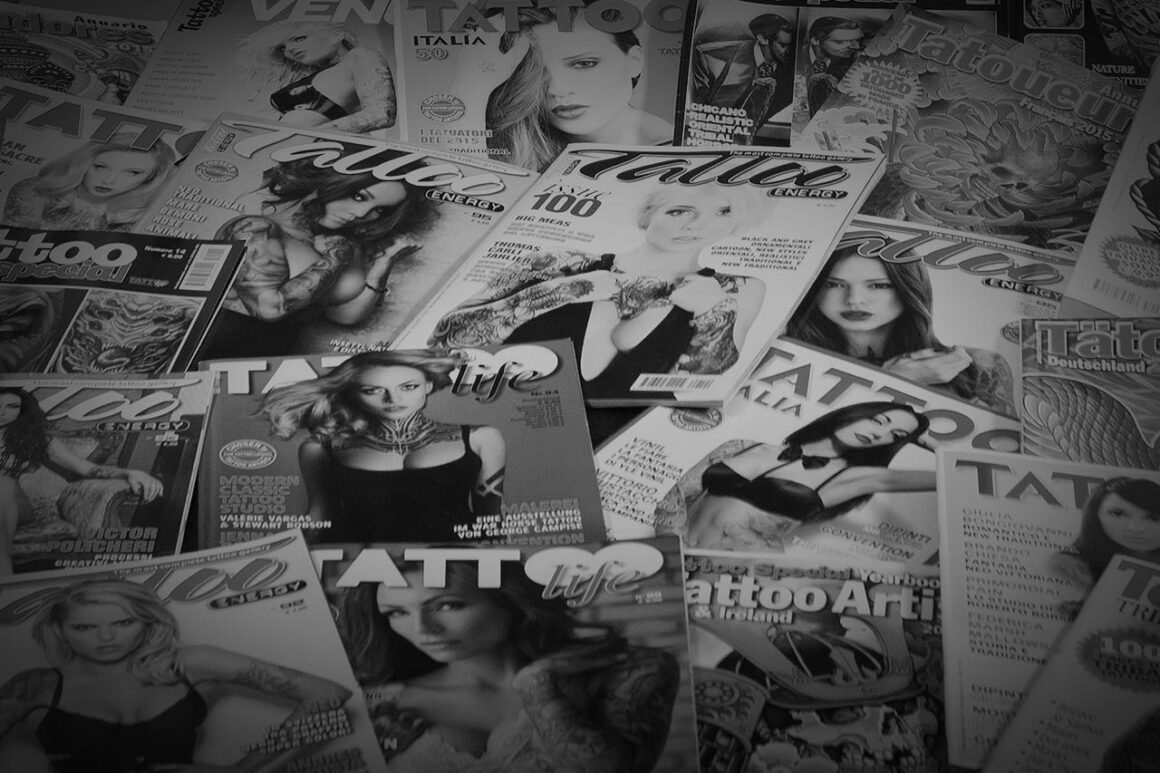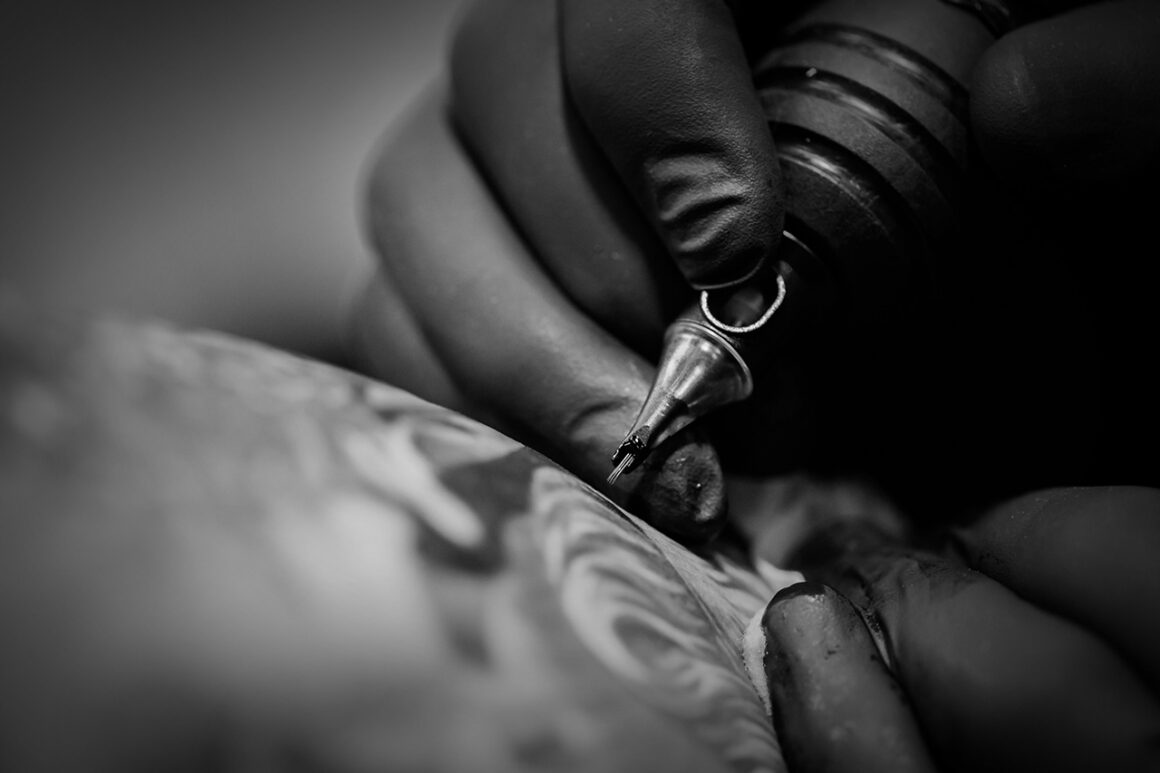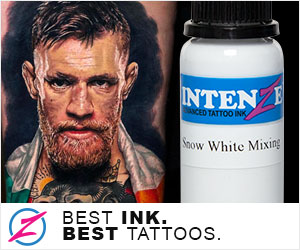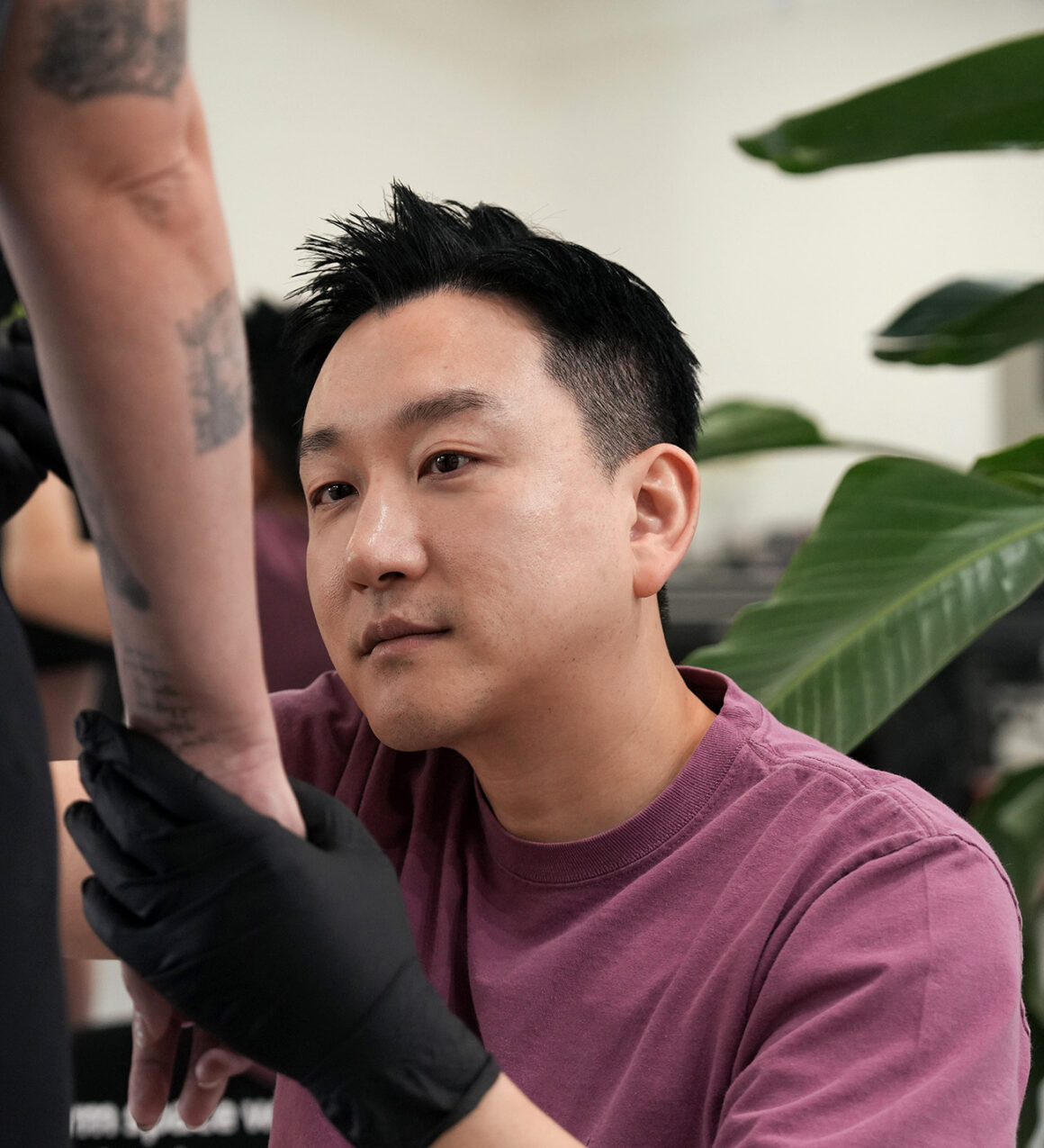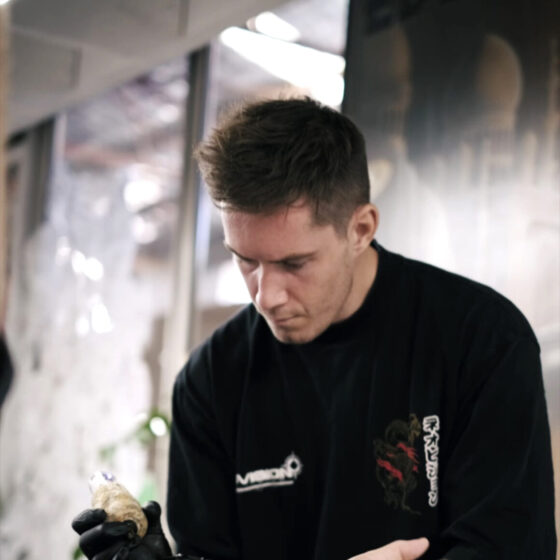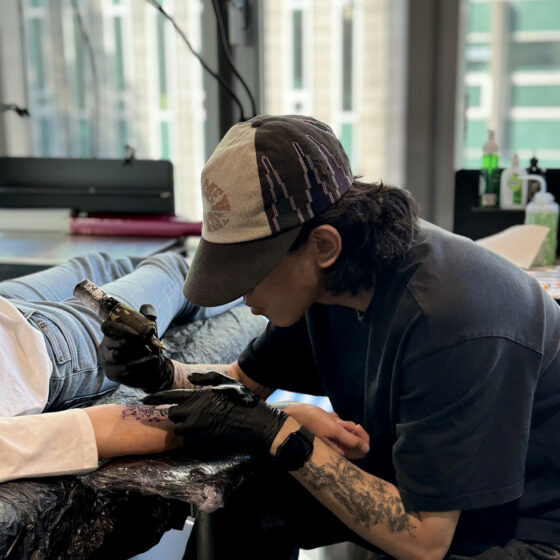South Korean tattoo artist Jun (@bestasiantattoo) has travelled a long and unconventional road to reach Las Vegas, the city he now calls home. From discovering tattooing in the most unexpected circumstances, to navigating the challenges of illegality in Korea and the uncertainty of the pandemic, his path has been anything but ordinary.

Today, with his studio TATTOO MoA, he embraces a creative philosophy based on freedom, versatility and a deep connection with his clients. In this interview, Jun shares his story and the beginning of his “second chapter” in the United States.

Hi Jun, where are you from and how did you decide to open a tattoo shop in Las Vegas?
Hello, my name is Jun, and I am a tattoo artist from South Korea. I have been living in the United States for about six years now. From the very beginning of my tattoo career, I dreamt of working in the U.S. Eventually, a particular moment pushed me to turn that dream into reality, and I decided to relocate. While trying to choose where to settle, I asked myself: “Where can I maximise my potential?”
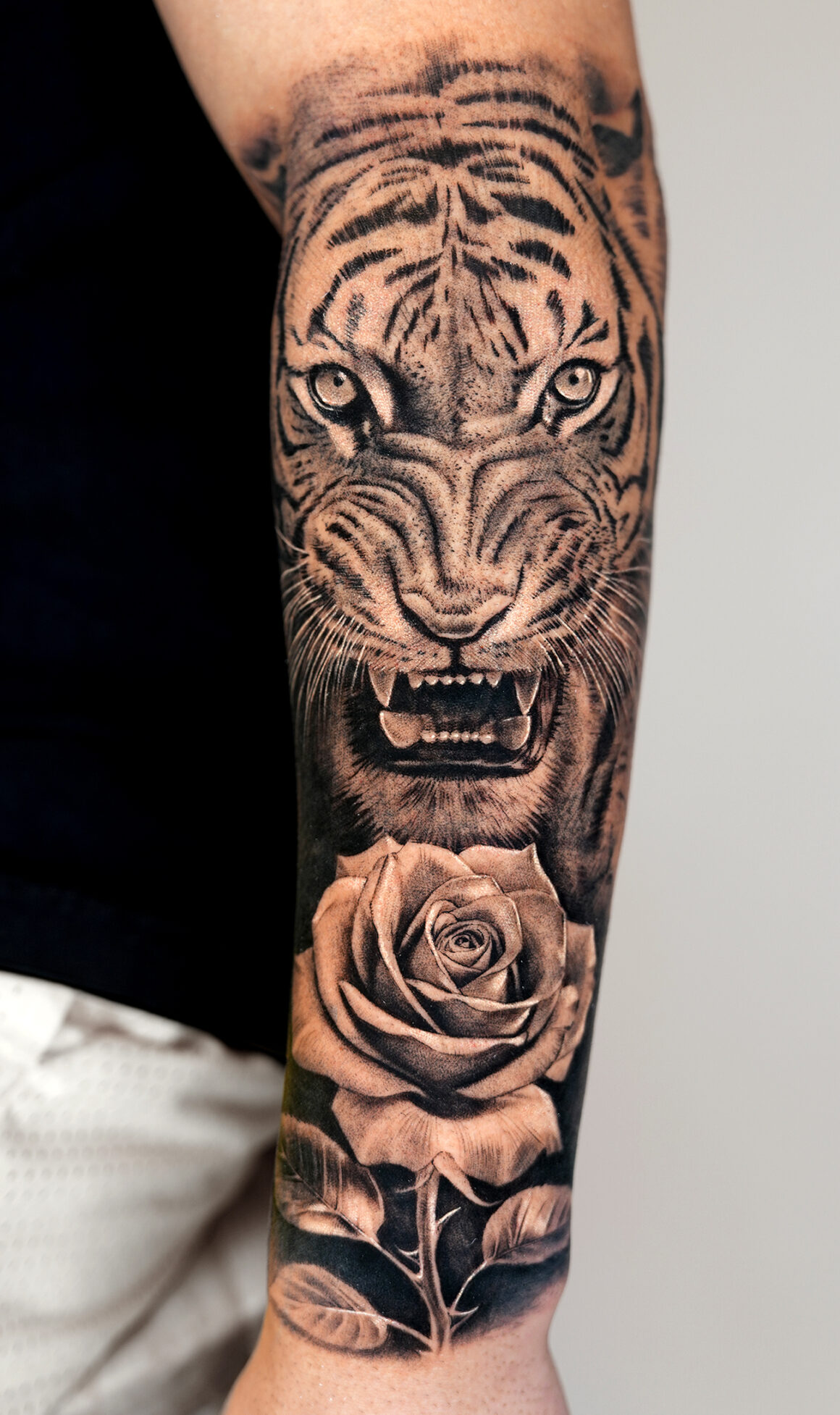
The answer was Las Vegas, one of the world’s most energetic and diverse cities. However, the start of my life in America unfolded almost like a drama. Just a few months after my move in 2019, the COVID pandemic shut down the world. Amid that chaos, I faced countless unexpected events and challenges. It truly felt like a film full of twists and turns. Before I realised it, six years had passed, and Las Vegas was no longer just a temporary stop — it had become my home, filled with memories and meaningful relationships. During that time, I opened my studio, TATTOO MoA. (Actually, the story of those ups and downs alone could fill an entire book. Maybe one day I’ll get to tell just that part. Haha.)

How long have you been in the tattoo world?
I first encountered tattooing in 2005, so it has been about 20 years. But living as a tattoo artist in South Korea was not easy. Tattooing was illegal for a long time (it will finally become legal in two years), and in the past, tattoos were often associated with gangs or with women working in nightlife industries. Public perception was much colder and far more negative than it is today. Most tattoo artists had to work part-time jobs or find other ways to make a living.
I was no exception, tattooing was my life, but I needed other work to survive.

How did you first get into it?
The story feels a bit like a film and honestly, even funny looking back.
One of my cousins was involved in a gang in Korea, and one day he suddenly called and said: “Hey, do you want to make easy money by drawing?” I assumed he meant murals or something similar, so I followed him. I was a design major at the time, young, and in need of money.
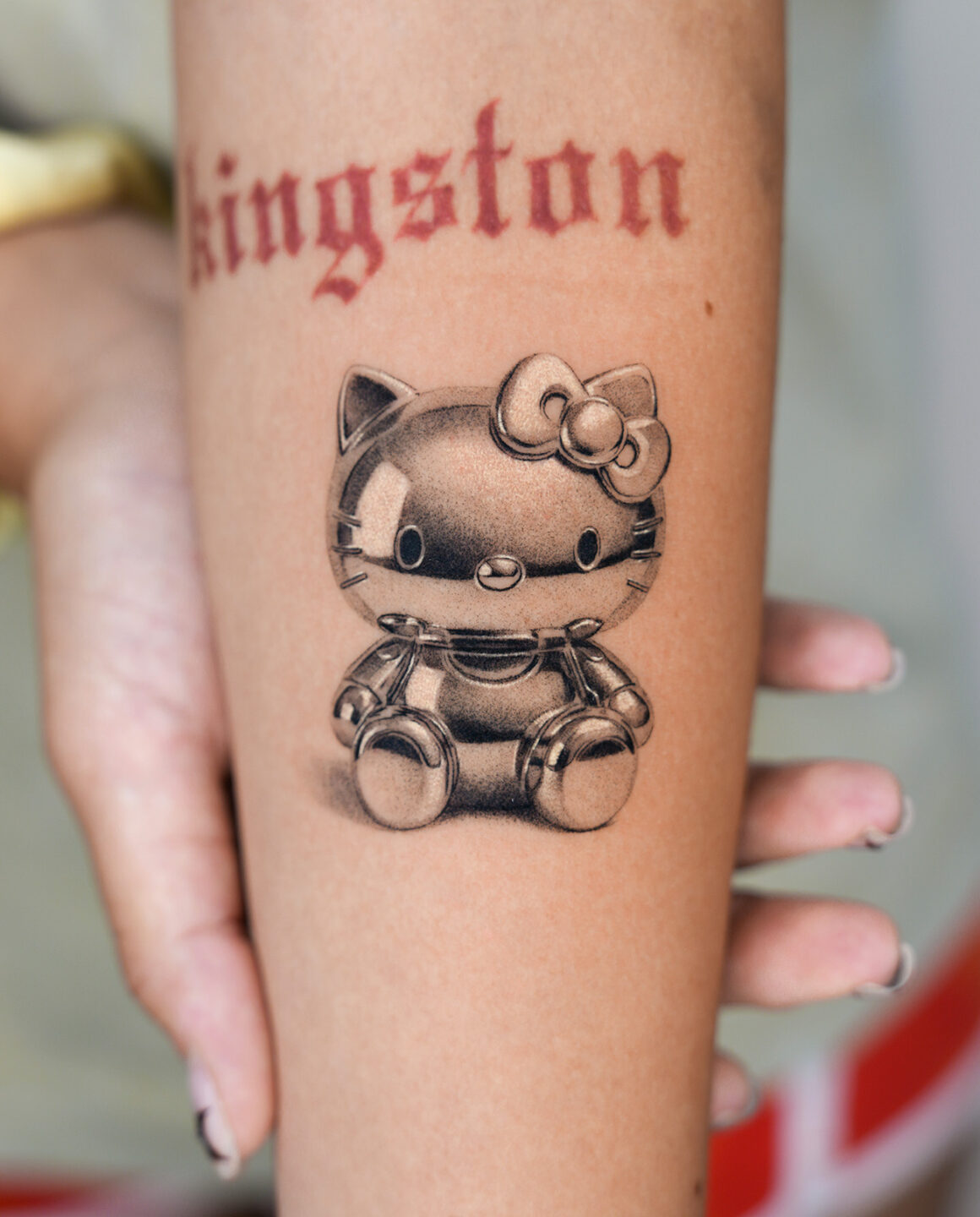
He took me to a dark, shabby basement where people were gambling illegally. I instantly sensed something was wrong, but it was too late to turn back. In the innermost room, a rough-looking man stared at me. A few moments later, a huge man, about my age, walked in and sat quietly. The rough man handed me a piece of equipment I had never seen before and explained how to use it. Without knowing what I was doing — and with my hands shaking — I tattooed a koi fish on the man’s arm. That was my first tattoo ever. Despite the fear, something inside me awakened. The thrill of that moment is something I will never forget.
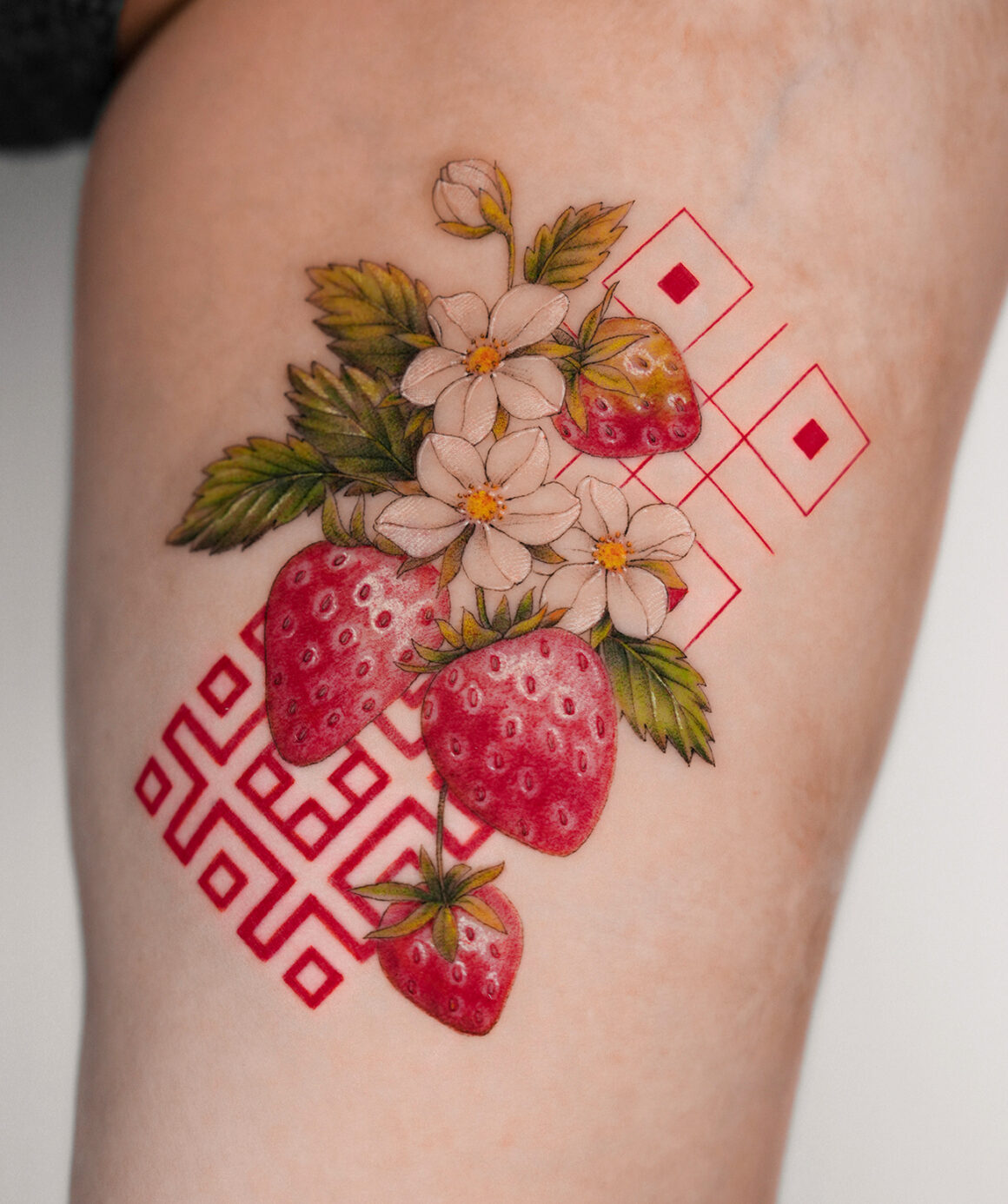
Do you have a background in art school?
This question brings back memories of how naïve I was when I was young. I abandoned my technical major in high school to pursue art and entered Korea’s intense and competitive art-school entrance system. After two years of trying, I was finally accepted into an art university — but not the one I truly wanted.
The disappointment was too big, so I boldly gave up.
However, not wanting to disappoint my parents, I eventually enrolled in the design department of the university closest to home. Looking back, that choice shaped who I am today. At the time I regretted it, but now I’m grateful for the experience.
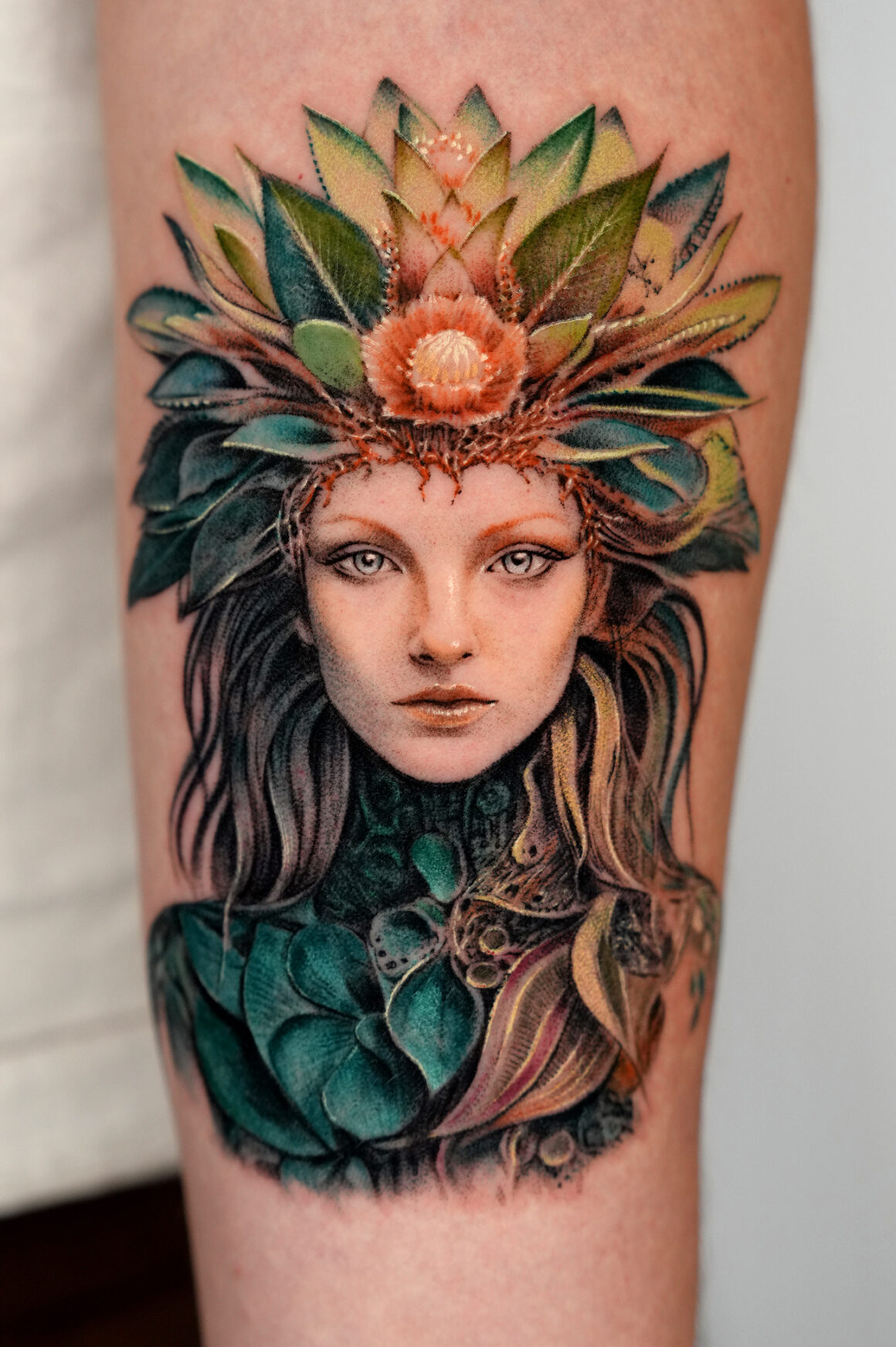
You work on very different subjects, from Geometric to Portraits. How would you describe your tattoos to our readers?
My tattoos didn’t originate from a “fixed style”. In the first few years, I mainly did Irezumi-style pieces. Later, as female clients requested lettering, butterflies, and other designs, the boundaries between genres naturally disappeared. For a long time, I felt I needed to define a specific style like many well-known artists. But eventually I realised: My style isn’t a genre, it’s the act of expressing itself. I don’t limit myself to any particular category. I enjoy the freedom of creating whatever the client wants and that freedom has become my style.
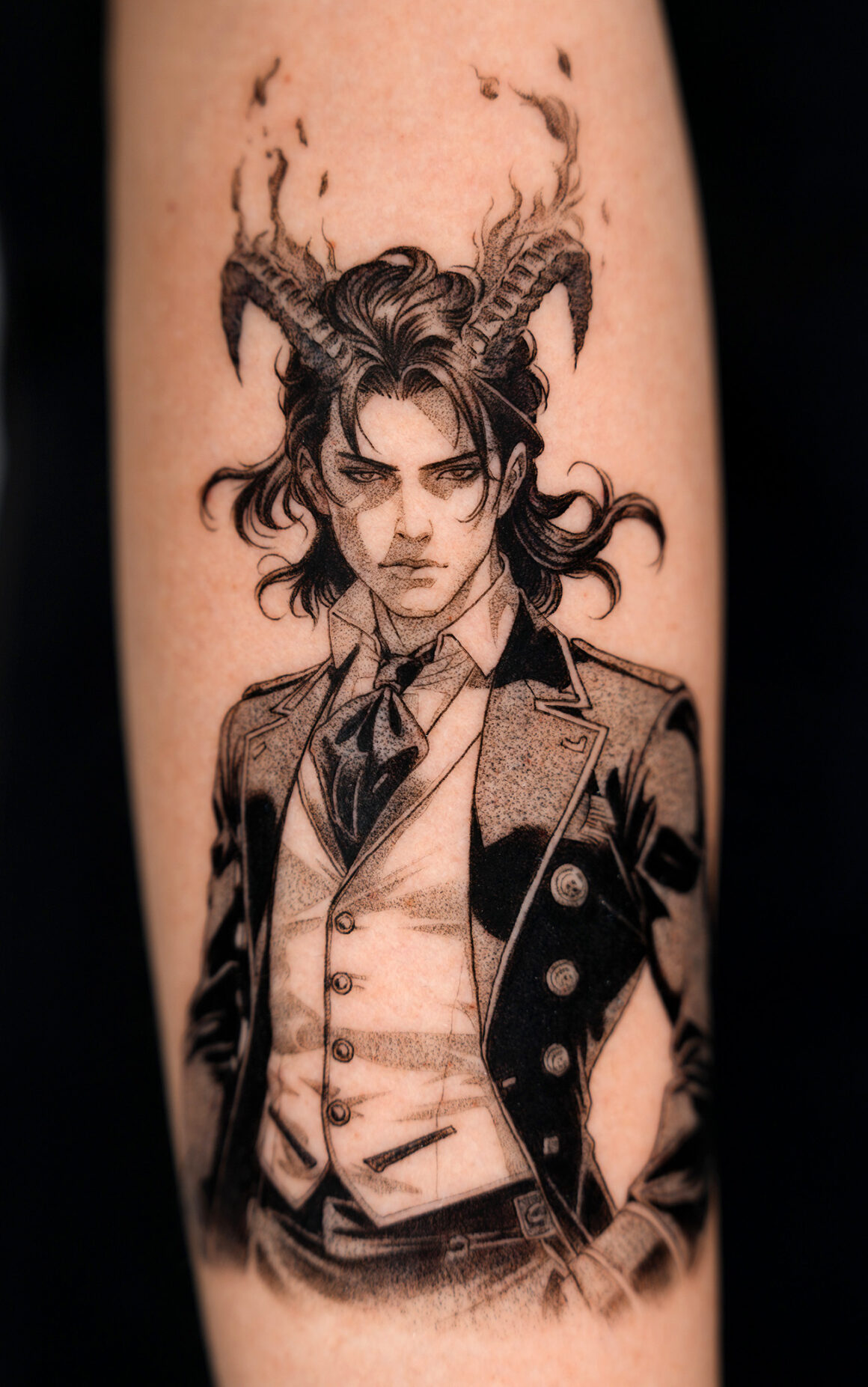
Are there particular subjects you especially enjoy working on, the ones that really define you?
I love all genres, but recently I’ve been especially drawn to animal and pet portraits.
When a client honours a pet that has passed away and becomes emotional… I think: “Through my talent, I can bring someone comfort and strength.” That moment holds deep meaning for me.
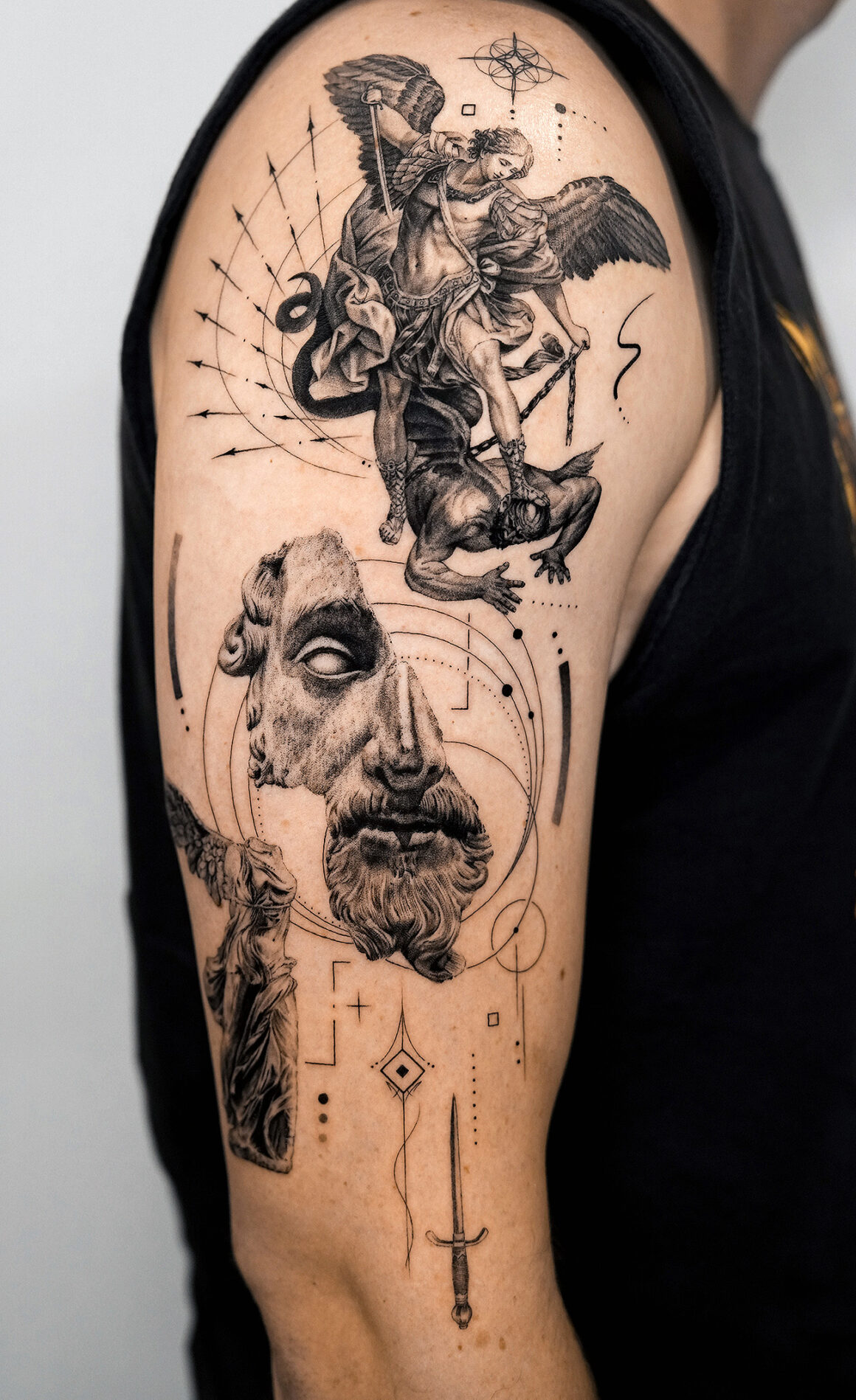
Where do you find inspiration for your style?
Honestly, my greatest inspiration comes from my clients. They’re the ones who think most deeply about their tattoos and bring their own stories and ideas. Sometimes their ideas are more creative and unexpected than I could have imagined. There are even many cases where a design becomes better after reflecting their feedback during the final stage.
So I always say: my greatest inspiration comes from the client.
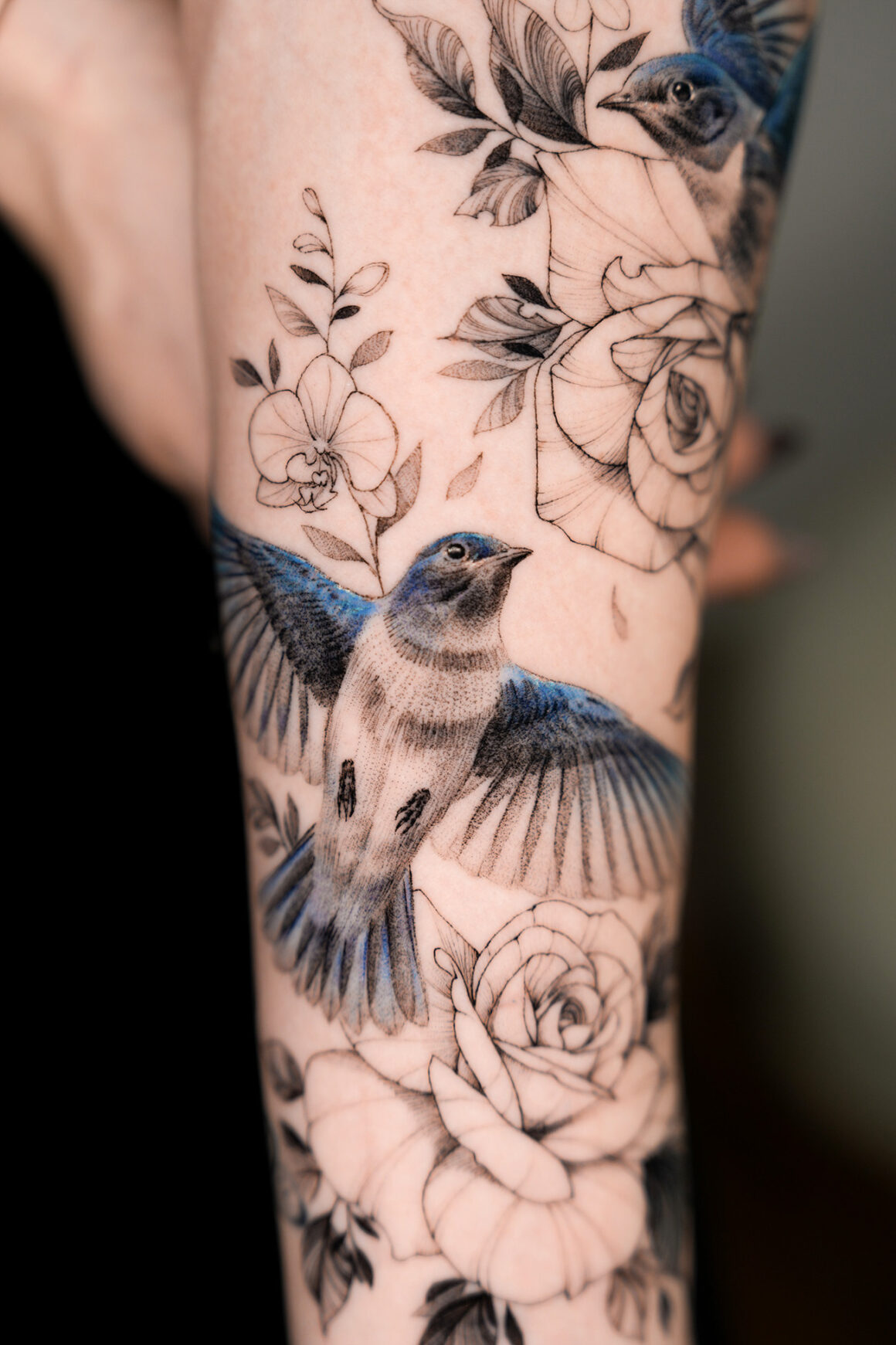
Why the name @bestasiantattoo?
There isn’t a dramatic story behind it. I’m Asian, and I simply had this desire: “I want to be recognised as one of the best Asian tattoo artists in the world.” So I named it exactly what it is, simple, but full of my goal.

Do you want to add something to close this chat?
The first chapter of my life as a tattoo artist in Korea has come to an end. Now, the second chapter begins here in Las Vegas. I don’t know what kind of journey awaits me, but one thing is certain: I will continue to grow. And I want to remain a tattoo artist who is loved.
